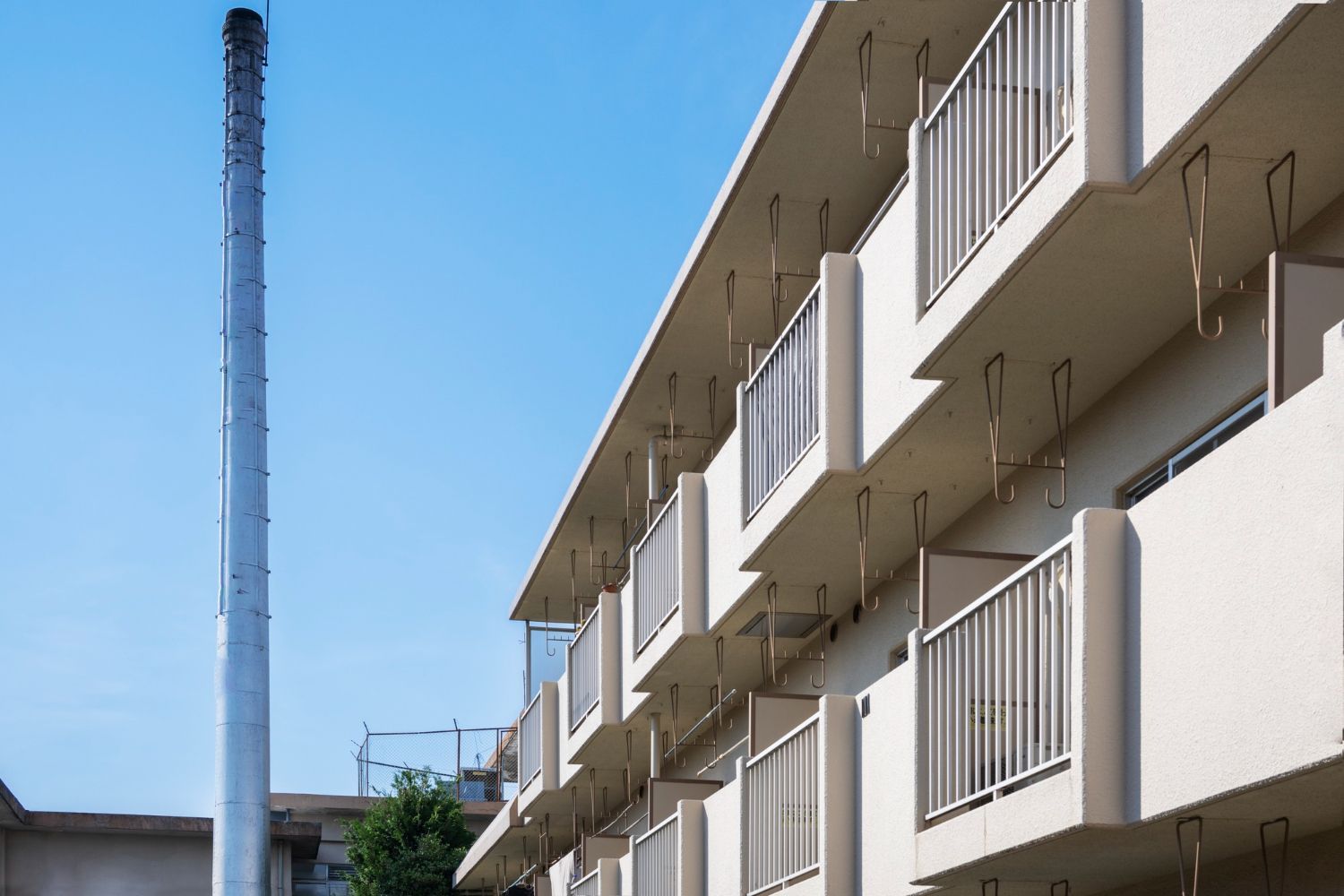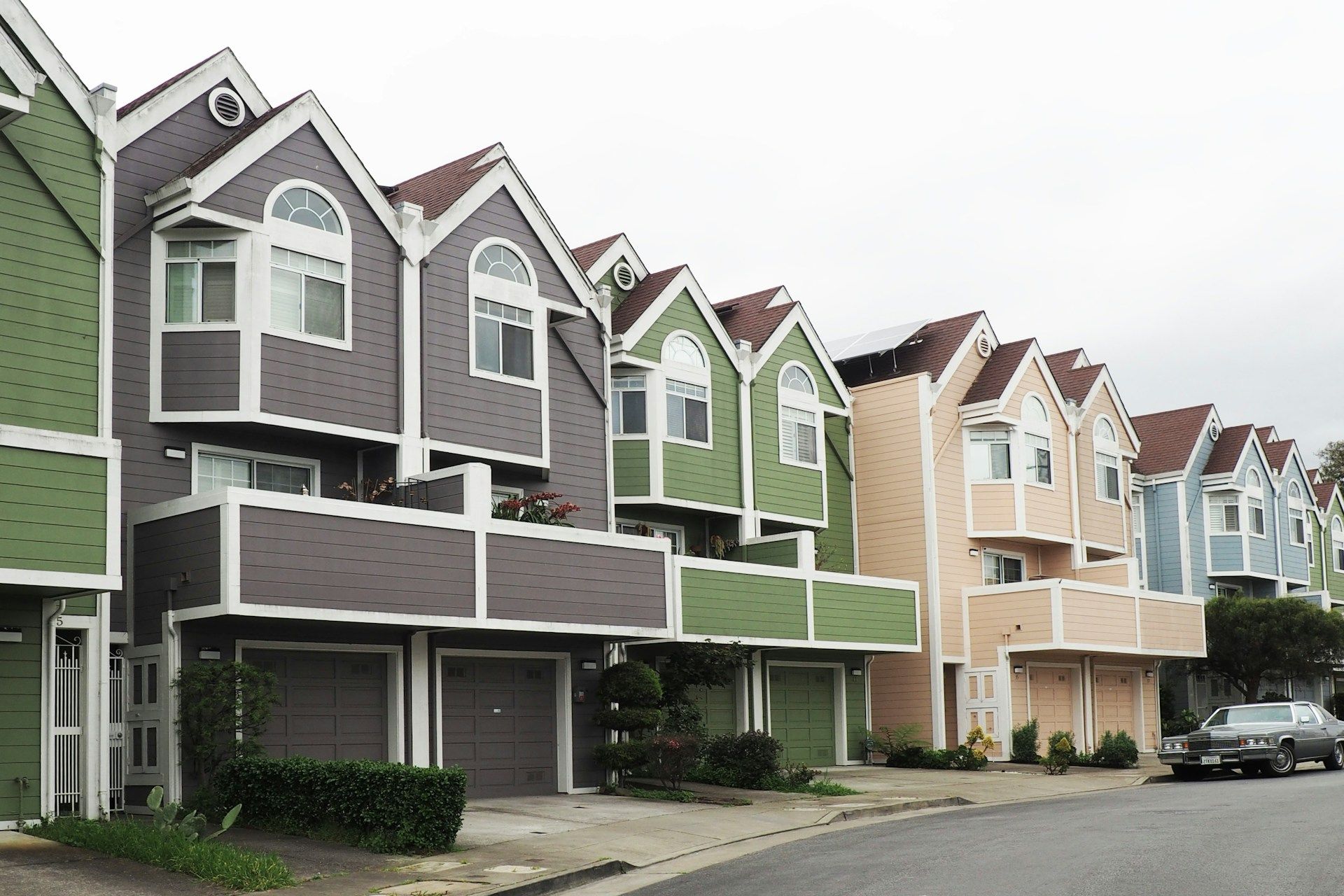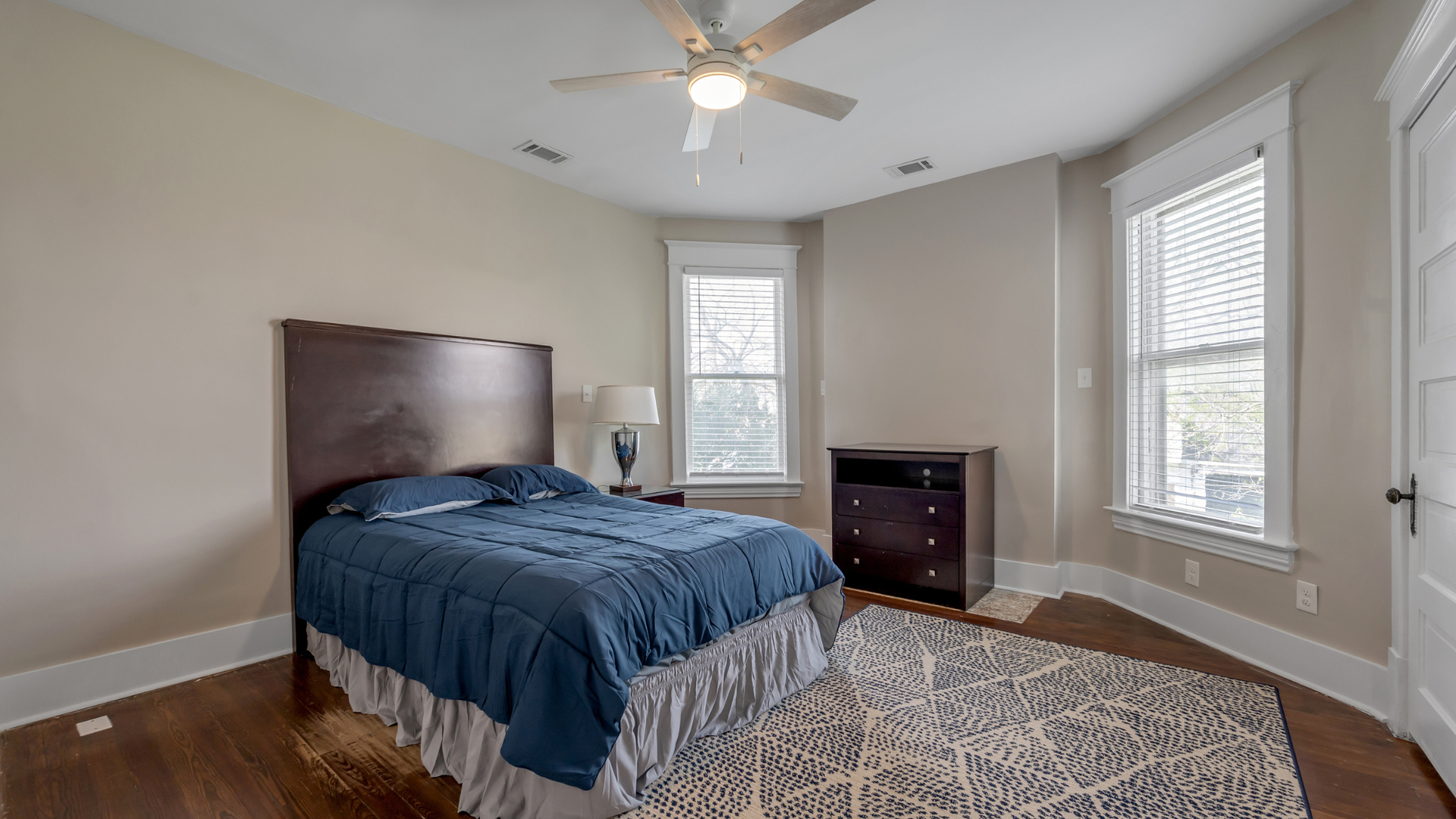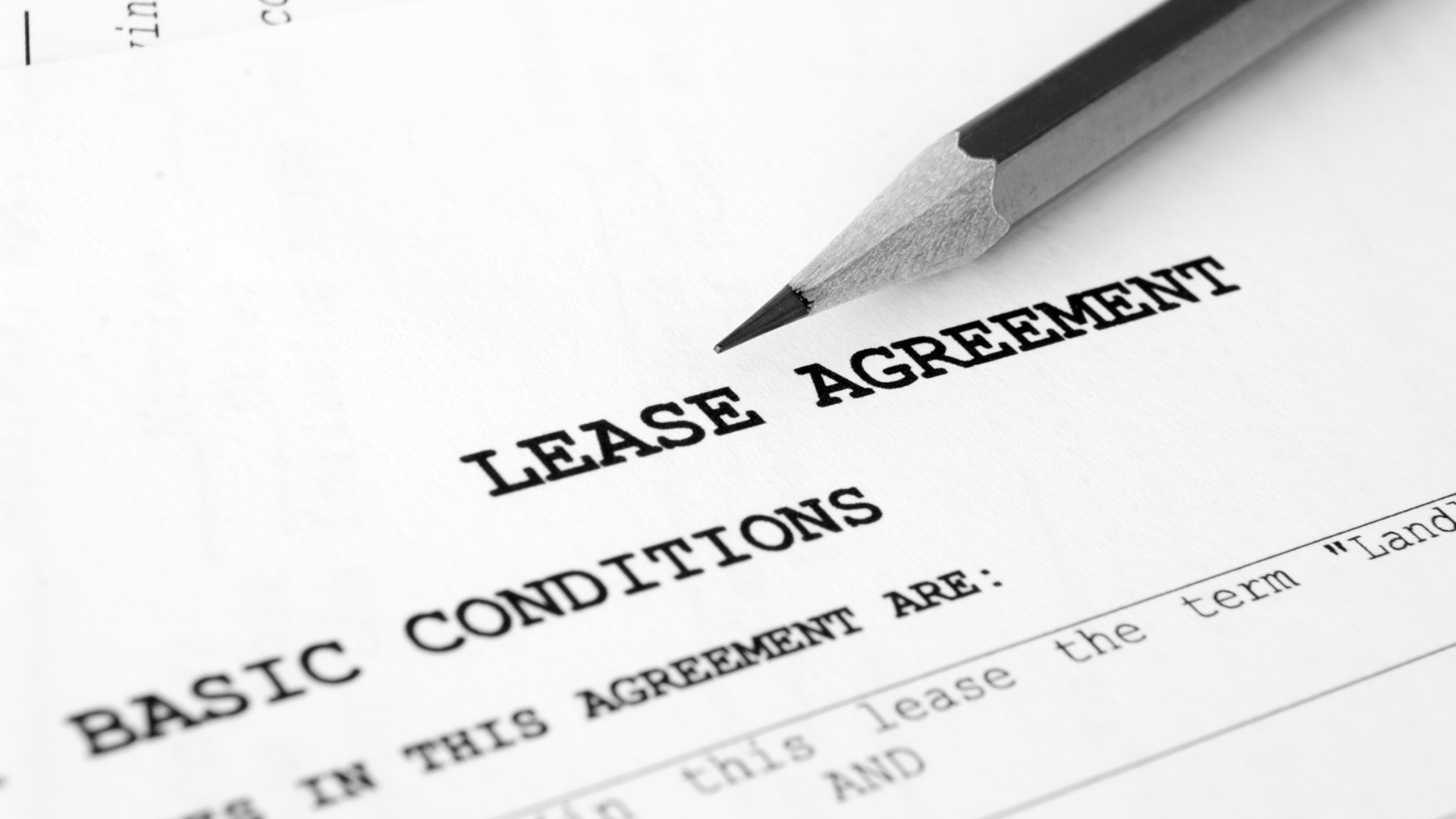Crew Housing That’s Actually Near the Site
You win or lose days in the margin between your housing and your job site. “Fifteen minutes away” can quietly stretch into a 40-minute slog once work zones, detours, and peak-hour slowdowns kick in. That commute creep drains morale, inflates labor cost, and eats schedule float. This article shows exactly how to lock in crew lodging that is actually near the site, eliminate fake “close” listings, and protect production time for infrastructure work. We focus on near‑site housing for infrastructure development crews and how to keep it truly close.
Why near‑site lodging matters for infrastructure work
Travel time is not just about distance. It’s about reliability. The Federal Highway Administration defines travel time reliability as the consistency of door‑to‑door travel times from day to day and time of day, and it is a core outcome of modern operations planning. Unreliable routes demand bigger “buffer” and “planning” times to ensure on‑time arrival, which is why a listing that looks “close” on a map can still cost you hours each week.
Recent national congestion analyses show conditions in many metros have rebounded toward pre‑pandemic levels, which makes timing vulnerable projects around closures and peak periods more important than ever. The Texas A&M Transportation Institute’s Urban Mobility Report noted commuters spent about the same time in traffic in 2022 as they did in 2019, underscoring how quickly delays returned. For crews that start before dawn or wrap at rush hour, those delays stack up fast.
Work zones and nightly closures are the hidden commute multiplier
Infrastructure jobs often share corridors with active lane reductions or full closures. DOT advisories across the U.S. routinely announce night and weekend closures that add 10–30 minutes to typical trips. Colorado DOT, for example, flagged repeated overnight I‑25 lane closures in September 2025 and warned drivers to anticipate up to 20‑minute delays. These are the kinds of time hits that convert “near” housing into a daily bottleneck once work begins.
States also direct motorists to 511 pages and project hubs listing active construction, detours, and full closures. Those resources are updated continuously and demonstrate how dynamic these corridors are during construction season. When full closures detour traffic, the “as‑the‑crow‑flies” distance becomes meaningless for planning. Tie your housing choices to drive time at the exact start and end of your shifts, not to distance on a map.
“Fake close” listings: how distance can mislead
Many booking platforms order results by how “close” a property is to a place, but “close” can mean straight‑line distance, not drive time. Booking.com states plainly that “close” is “close in a straight line,” which can be miles apart from what your crews experience behind lane closures or across waterways. Straight‑line sorting explains those too‑good‑to‑be‑true commute promises you sometimes see in listings.
Another gotcha is address visibility. With some marketplaces, the precise address is released only after booking or close to arrival, which makes pre‑booking drive‑time validation difficult. Vrbo’s policy, for example, releases the property address to confirmed guests 30 days prior to check‑in. That’s not workable when you need to test multiple shift windows and routing options before you commit. If the address is unavailable, require a verifiable cross street or coordinates as a condition of consideration.
Prove the drive before you book
Validate drive time at your crew’s actual shift windows. Use Google Maps’ “typical traffic” and “depart at” features to see predicted times, then repeat the test across different days. This mimics the buffer and planning time concepts transportation agencies use and gives you a realistic range instead of a single best‑case estimate. Do this for your top two route options and your two likeliest back‑ups.
Layer in work‑zone intelligence. Check state 511 portals and project pages for scheduled lane closures, then cross‑reference with Waze’s closure tools, which ingest partner data and real‑time reports so routes avoid closed segments. Where closures vary by day or are weather‑dependent, assume the longest recurring delay in your planning. Document your tests in the housing file so field leadership has an audit trail when questions come up mid‑project.
The cost and safety math behind “commute creep”
Small commute expansions compound quickly. Suppose “near the site” was sold as 15 minutes each way, but work‑zone variability turns it into 45. That is an extra 60 minutes of round‑trip drive time per person, per day. On a 12‑person crew with a conservative loaded labor rate of $55 per hour, you’re losing 12 crew‑hours daily, or $660 every workday. Over 22 workdays, that is $14,520 per month diverted from production to windshield time. Multiply that across a 6‑month project and you are staring at more than $87,000 in avoidable cost for one crew, before fuel and overtime. Those dollars could have been recaptured by spending slightly more for lodging that is truly close.
Safety risk rises with fatigue and long drives. NIOSH highlights how fatigue degrades focus, slows reaction time, and impairs decision‑making, and AAA’s 2024 analysis suggests drowsiness may be undercounted by a factor of ten in fatal crashes. Night work and long commutes compound stress and perceived unsafety, and research links longer commute times to higher rates of musculoskeletal pain. These are real risks for infrastructure teams who often drive before dawn or after night shifts. Near‑site lodging shrinks those exposure windows.
What crews say about “acceptable” drive time
Worker expectations are not abstract. In recent discussions among tradespeople, many draw the line between a tolerable daily commute and hotel‑worthy distance well before the 90‑minute mark. One widely upvoted comment from this summer put it bluntly: “1.5 hours is my absolute max… It can’t end soon enough.” Others describe policies that trigger travel pay if the daily round‑trip exceeds certain thresholds. The throughline is simple: if leaders insist on far‑flung housing, they should expect to pay for it one way or another.
Anecdotes are not policy, but they are a leading indicator of turnover pressure. When crews feel burned by long commutes, they look for employers who keep housing close or compensate fairly. In a labor market where retaining skilled people is half the job, shaving 20–40 commute minutes can be the cheapest retention move you make.
A practical checklist you can use on your next booking
- Get a verifiable location. If a platform hides the exact address until after booking or uses straight‑line “closeness,” ask for a cross street or coordinates, or remove the listing from consideration. You cannot validate drive time without it.
- Test three timings. Use Google Maps to test depart‑at times for the start of each shift across three weekdays. Record the fastest, typical, and slowest results. Red‑flag any option whose worst‑case exceeds your threshold.
- Check closures twice. Review 511 or DOT project pages for your route at the time of booking and one week before move‑in. If nightly lane closures are scheduled, retest drive time, then either renegotiate the rate or choose a closer property.
- Validate with Waze. Confirm planned closures on Waze and save the route in a shared crew channel so everyone follows the same path. When closures change, you will see the reroute automatically.
- Do the cost math. Price an extra 20–60 minutes per person per day against a slightly higher nightly rate for closer housing. The labor and fuel you save usually outweigh any rent delta within weeks.
- Put proximity in writing. Add a drive‑time requirement to your housing scope, measured at the crew’s shift times. Include a relocation clause if work‑zone changes push average drive times above your cap.
“Near the site” is a promise you have to verify, not a label you can trust. Work zones, nightly closures, and straight‑line distance rankings all conspire to make commute creep feel inevitable. It is not. When you anchor housing decisions to shift‑time drive tests and real work‑zone data, you shield your budget, protect your people, and give your schedule room to breathe. And when you treat proximity as a non‑negotiable, the returns show up in productivity, morale, and safety metrics that everyone can feel.
Want lodging for infrastructure development crews that is truly near the site?
Contact us to get verified near‑site options, tested for your exact shift windows and backed by contingency plans.













